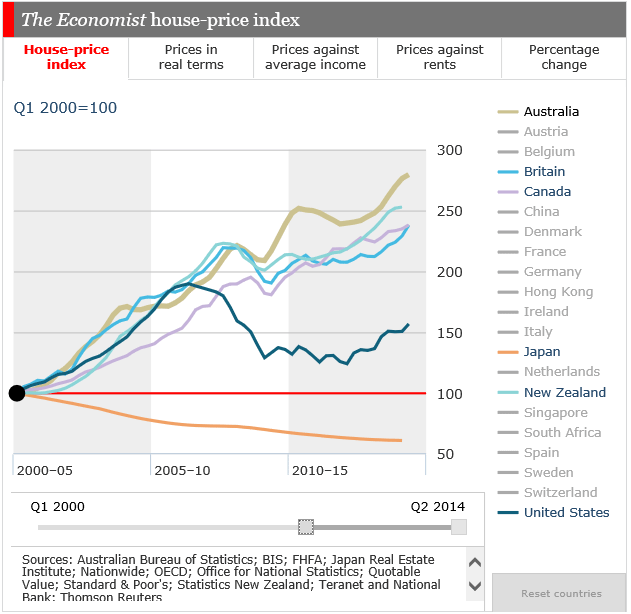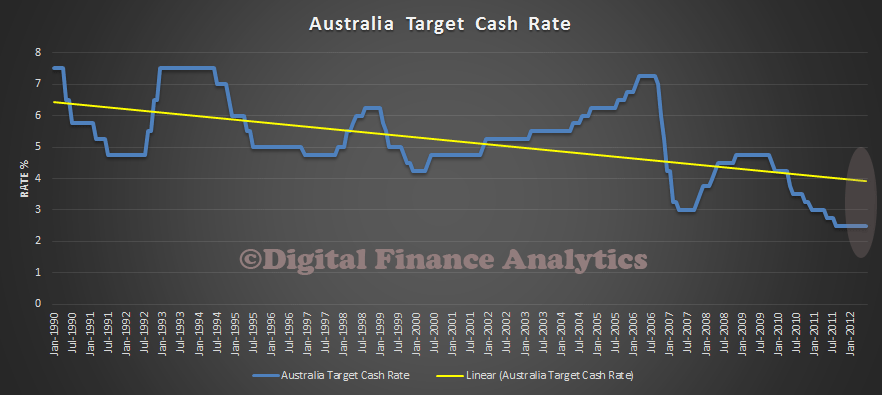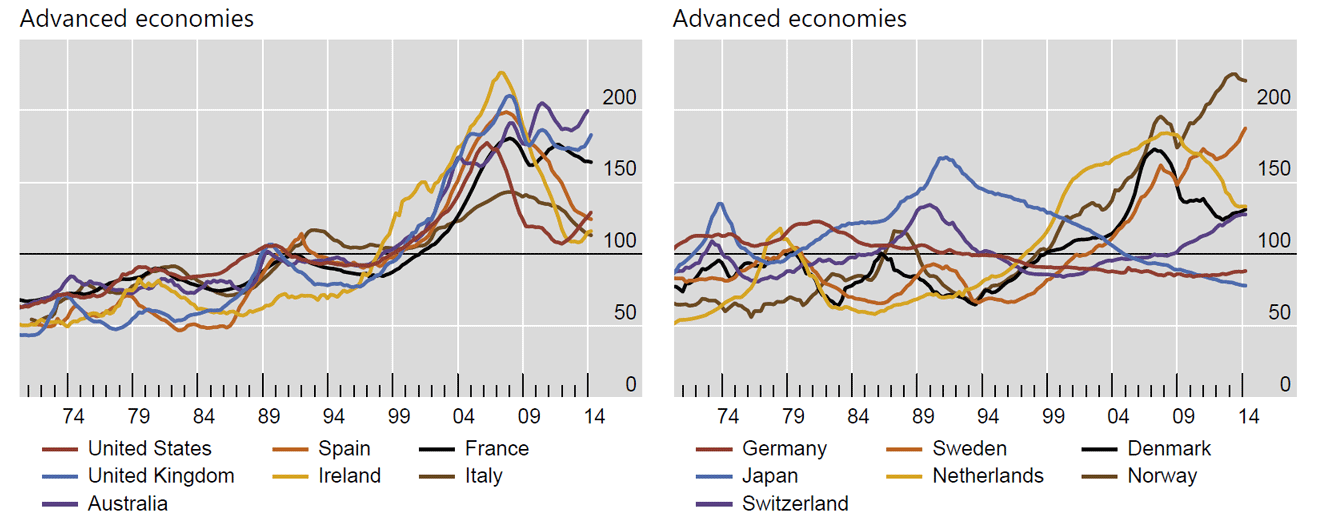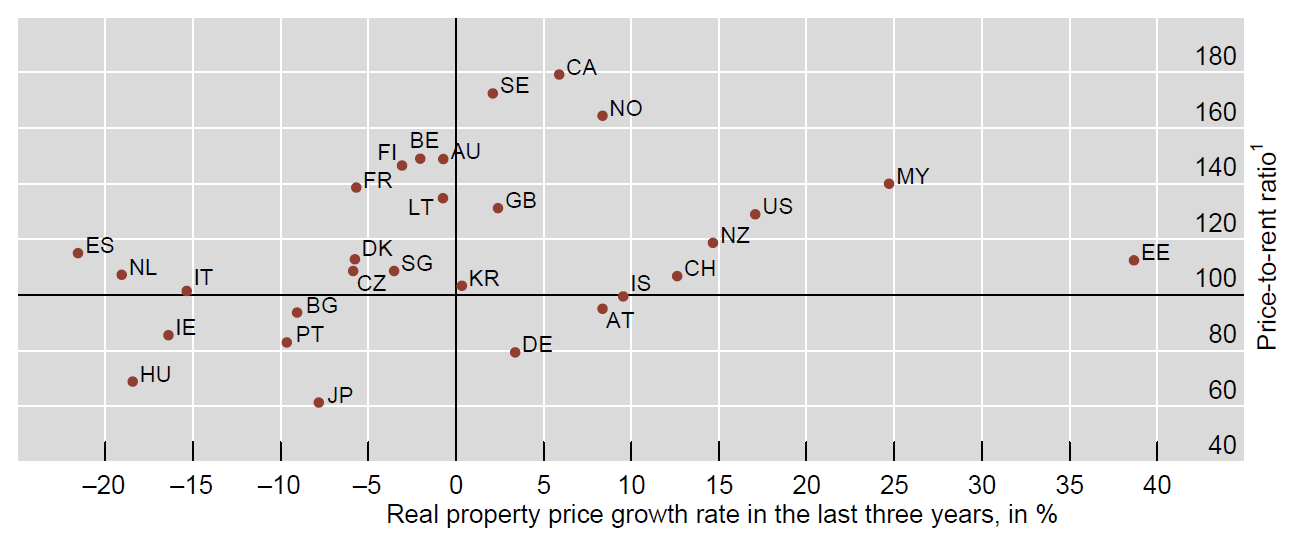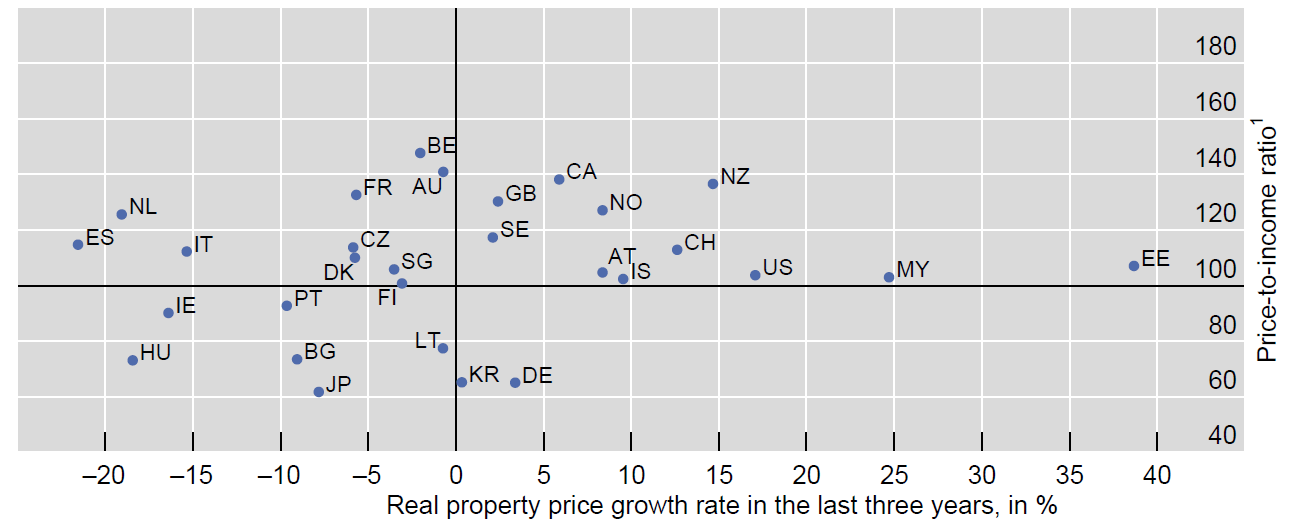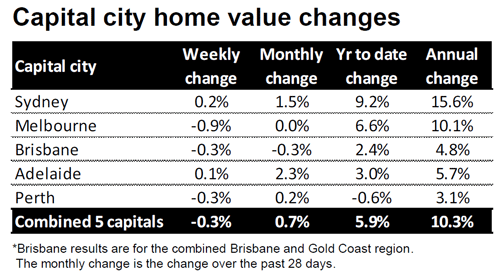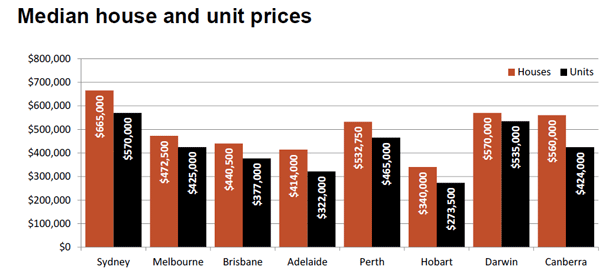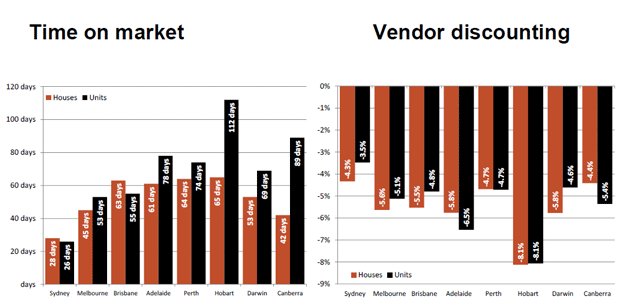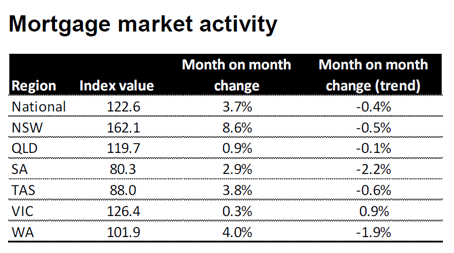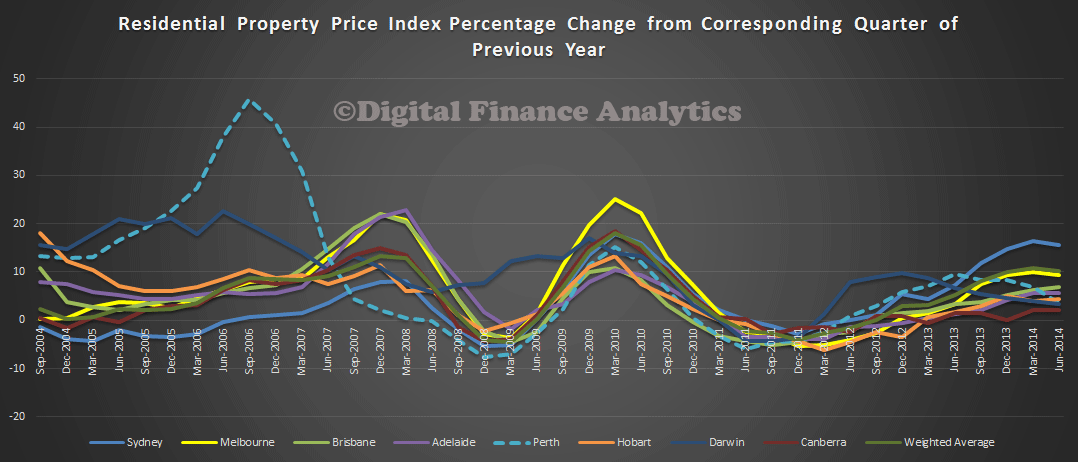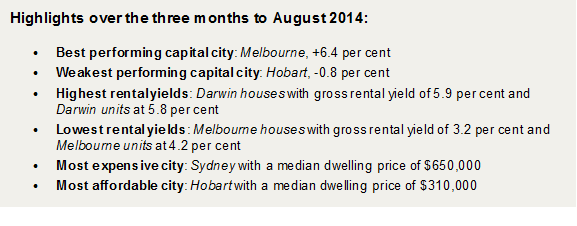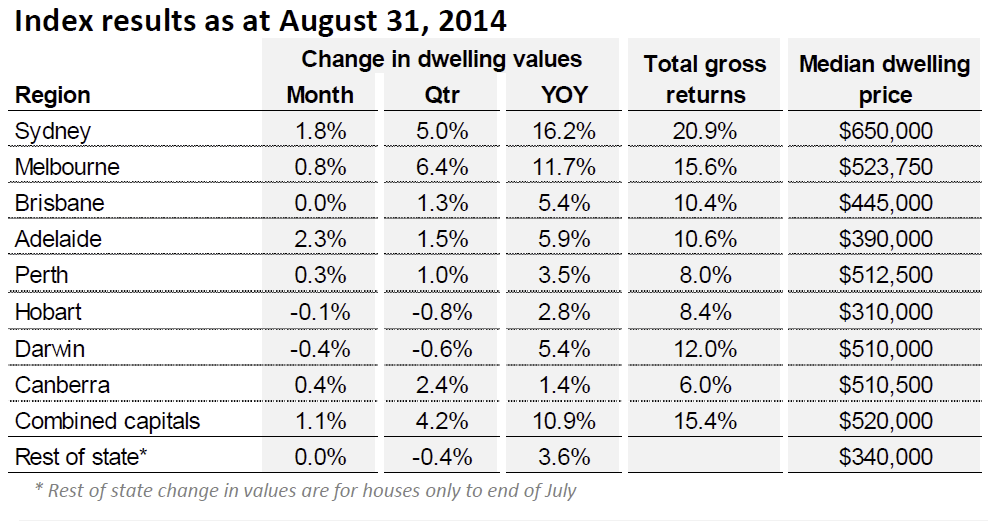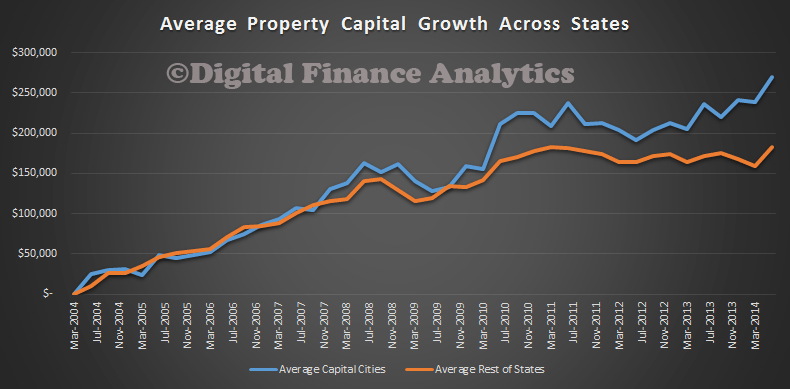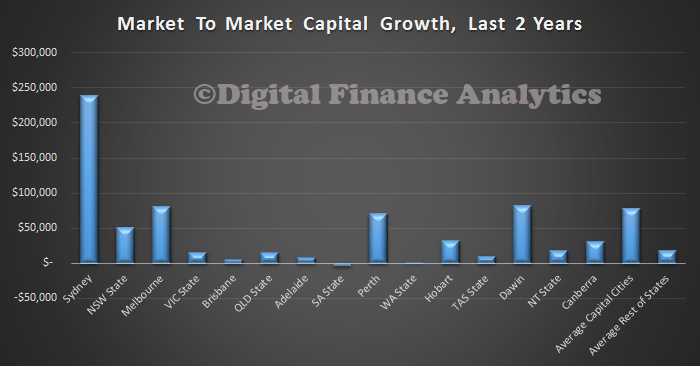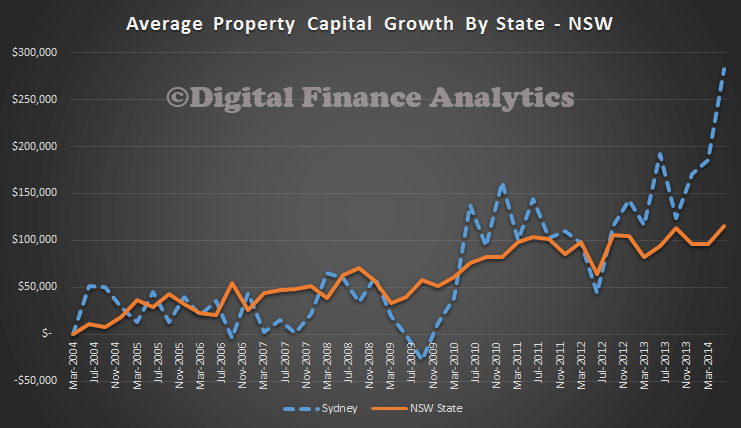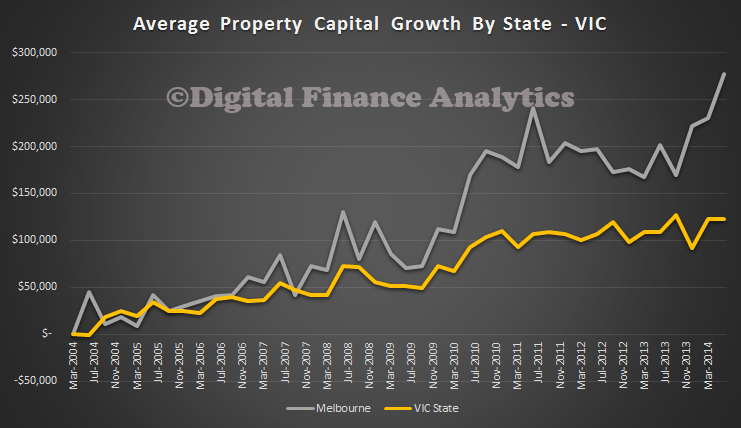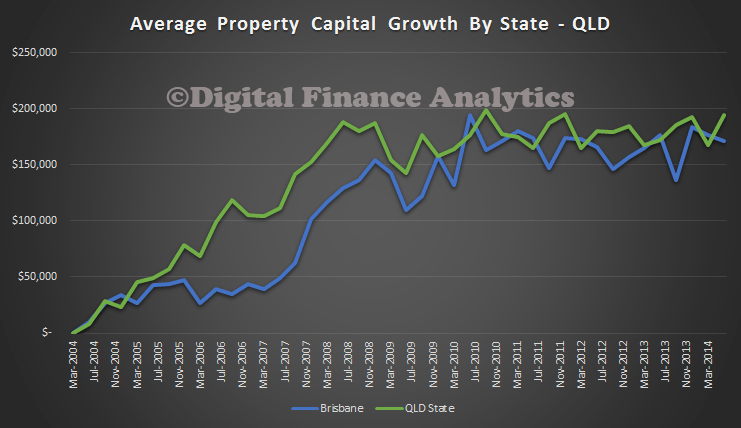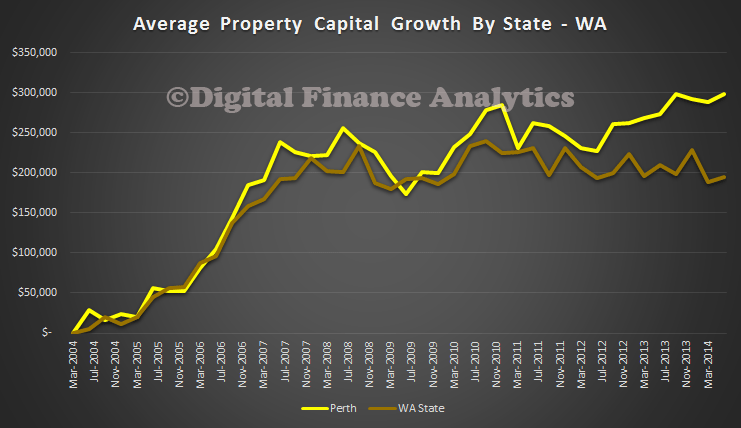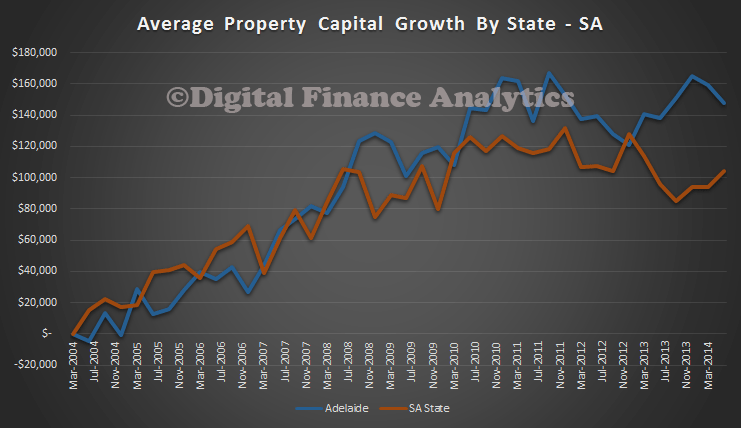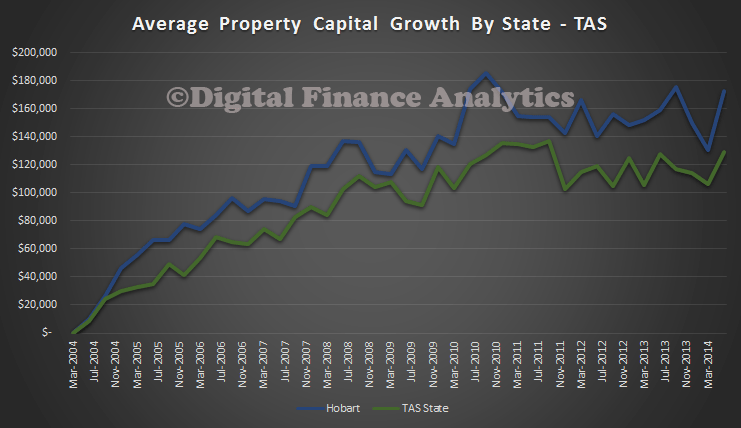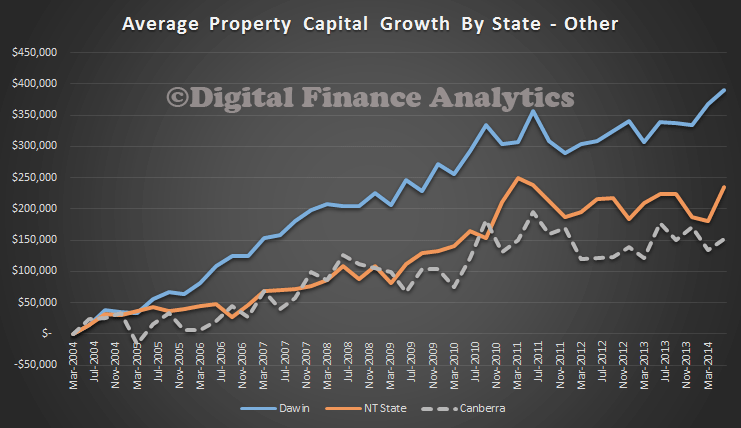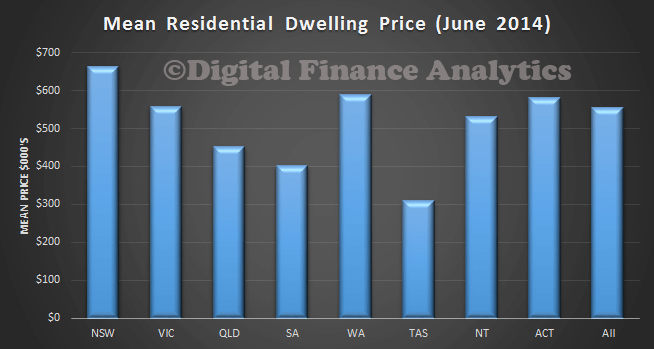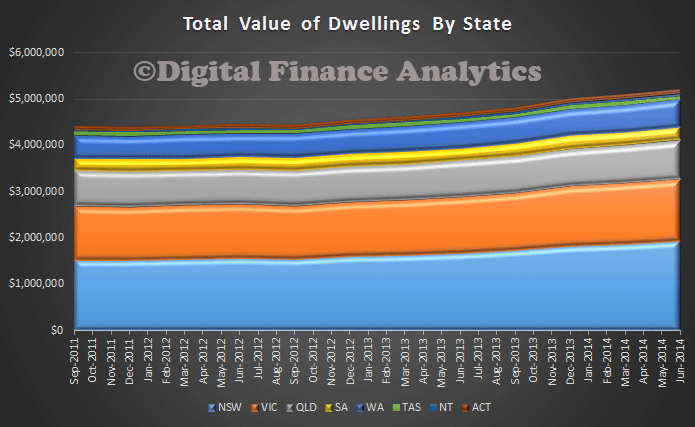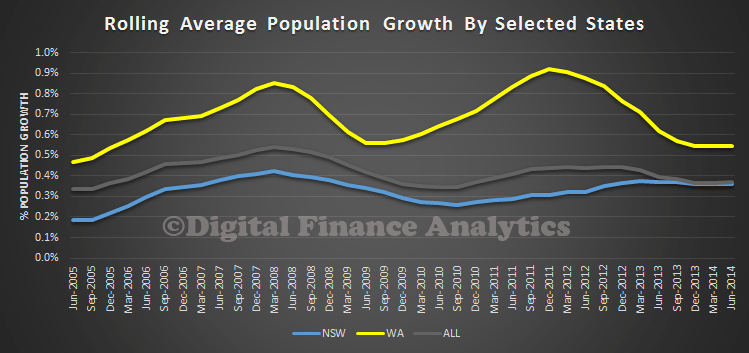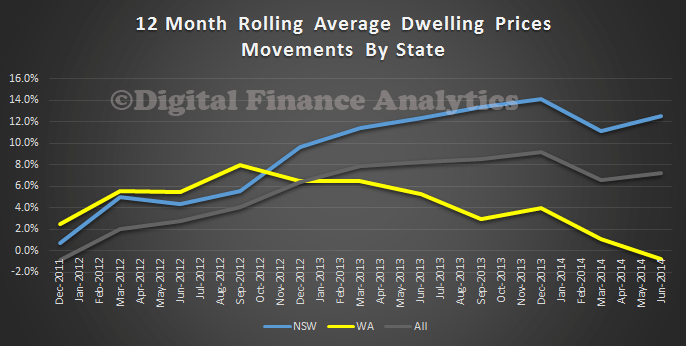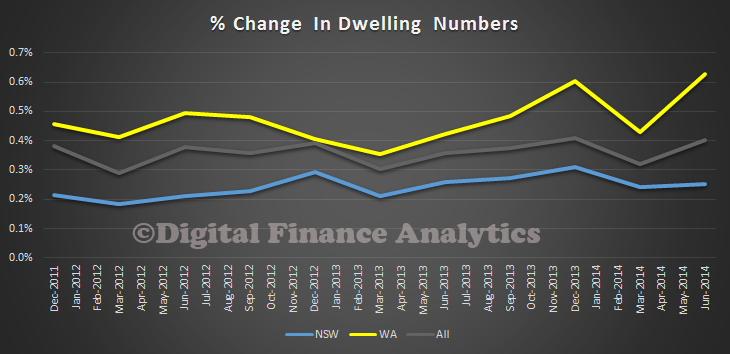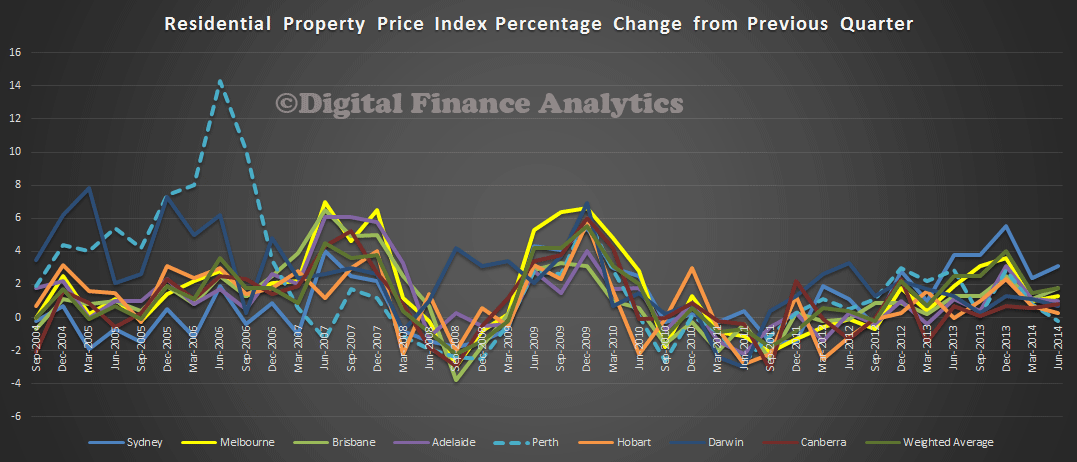The RBA made a statement today to the Inquiry into Affordable Housing. Several points to note:
1. They recognise the high price to income ratio we currently have, but also state that low rates make larger mortgages affordable.
- the ratio of housing prices to incomes is at the top of its historical range; but
- over time, this has been more than offset by falls in financing costs, so that the typical repayment burden as a share of income is not particularly high. This of course does not rule out affordability problems in particular market segments or for particular types of households.
The recent data from the Economist shows the relative data of prices against average income in different countries.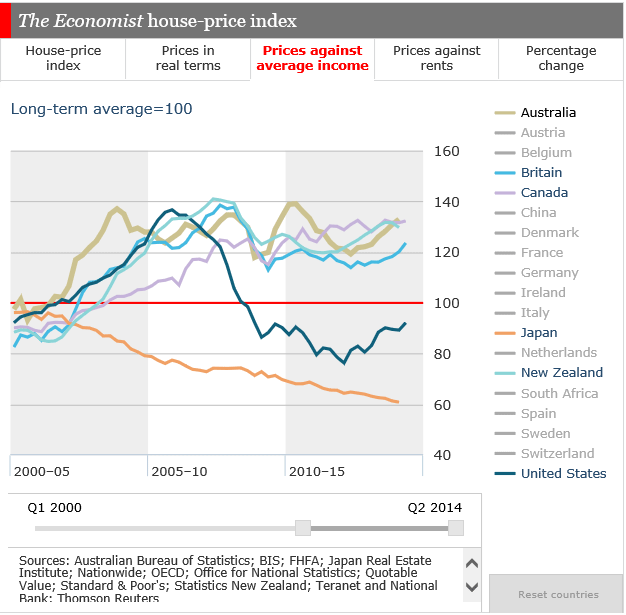
2. Supply of mortgages is not a constraint
there is no shortage of housing finance in Australia. Housing loan interest rates are currently as low as they have been in a generation, and households are not artificially constrained from borrowing as much as they can reasonably be expected to repay. I have already made the point that perceptions of affordability will differ across different types of households; but, if there is a perceived affordability problem in Australia, it is not due to a lack of finance.
3. There are property supply problems
It is the supply response that determines the extent to which additional demand results in higher prices over time. Our submission highlights that Australia faces a number of longstanding challenges in this area, including regulatory and zoning constraints, inherent geographical barriers and the cost structure of the building industry. There are also obstacles to affordable housing created by Australia’s unusually low-density urban structure, though this is gradually changing.
4. Lending practice reinforcement and other measures are on the cards
the Bank said in its Financial Stability Review last week that the composition of housing and mortgage market activity is becoming unbalanced. The review also indicated that we are discussing with APRA steps that might be taken to reinforce sound lending practices, particularly for investor finance, though not necessarily limited to that.
I want to emphasise that the banks in Australia are resilient, and mortgage lending in this country has historically been relatively safe. APRA has, however, noted a trend to riskier lending practices, and over the past couple of years has been seeking to temper these through its supervisory activities. There are also broader concerns with the macroeconomic risks associated with excessive speculative activity, since this activity can amplify the property price cycle and increase risks to households.
Our discussions with APRA and other agencies on these matters are ongoing, and there will be more to say about them in due course

